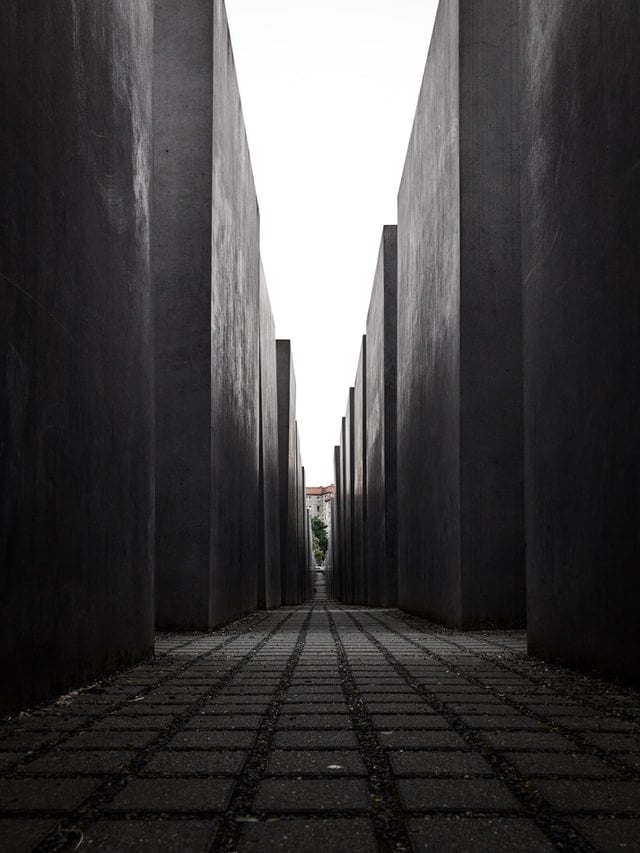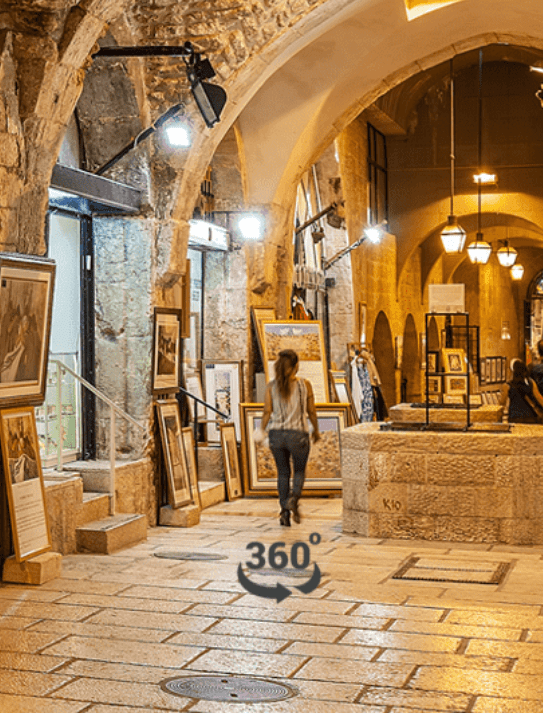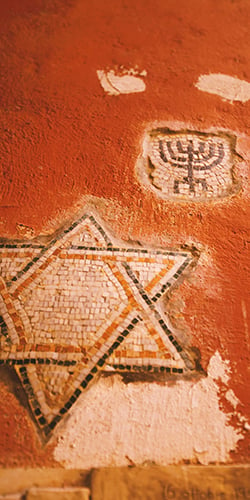Days of Jewish Culture Berlin
Days of Jewish Culture Berlin
The Days of Jewish Culture in Berlin is a vibrant celebration of Jewish heritage, art, and history. First organized in the early 1980s, the event commemorates the rich tapestry of Jewish life and culture that has flourished in Berlin for centuries. Held in various locations across the city, including synagogues, cultural centers, and public spaces, the festival offers a unique opportunity to explore the diverse facets of Jewish life. Through lectures, art exhibitions, concerts, and theater performances, visitors can immerse themselves in the stories, traditions, and contributions of the Jewish community, both past and present.
Participants of all ages and backgrounds come together to enjoy traditional Jewish foods, engage in thought-provoking discussions, and partake in customs that have been passed down through generations. Special events such as guided tours of historic Jewish sites and interactive workshops provide deeper insights into the community's enduring legacy. The festival not only celebrates Jewish culture but also fosters a sense of unity and understanding among attendees. Whether you're a long-time resident or a curious traveler, the Days of Jewish Culture in Berlin invites you to join in this enriching and educational experience, celebrating the resilience and vibrancy of Jewish life.
Image attribution:
All from: <https://www.juedische-kulturtage.org/>















